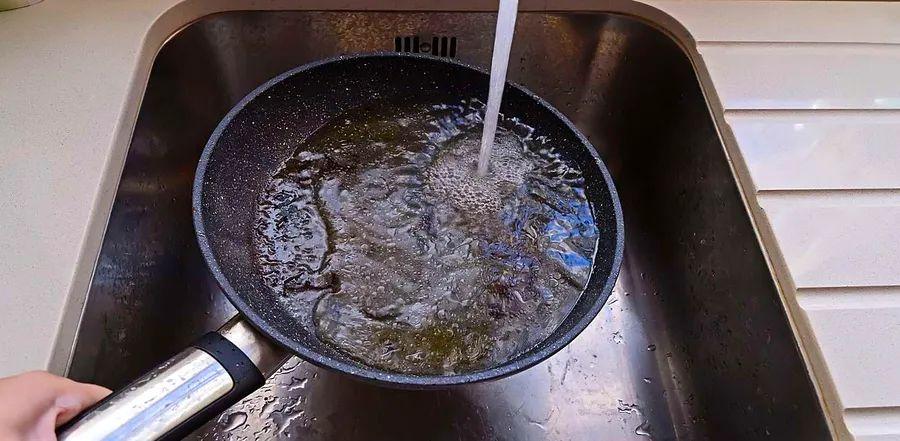How to Keep Your Nonstick Pans in Top Shape for Maximum Longevity

There’s nothing more frustrating than cooking a chicken breast or frying an egg, only to find it stuck to your pan. Enter the nonstick frying pan. These pans reduce the need for oil and prevent food from sticking, but they aren't known for their durability. Typically, nonstick pans last around five years, but with the right care, yours could last much longer. Follow these expert tips from Colleen Weeden, senior brand manager at Dotdash Meredith Test Kitchen, and Leslie Reichert, author of *The Joy of Green Cleaning*, to extend the life of your cookware.
Avoid the Dishwasher
We know it’s tempting to use the dishwasher, but washing by hand is worth the extra effort to keep your pans looking great and lasting longer.
“Always check your manufacturer’s care instructions, since materials vary between pans,” says Weeden. “However, no pan should go in the dishwasher. They last much longer when cleaned by hand.”
The nonstick coating that lets your seared salmon glide out effortlessly can wear down more quickly when exposed to high heat and the harsh conditions of a dishwasher.
“Even if your nonstick pan is labeled ‘dishwasher-safe,’ the high heat and strong detergents can cause the coating to break down,” says Reichert.
Wash Immediately with Hot, Soapy Water
The best way to clean a nonstick pan is to wash it right after use (without burning your hands, of course). “If you clean it immediately, most food residue will rinse off with ease,” Reichert explains.
The nonstick surface that keeps food from sticking will also help prevent debris from clinging, but only if you clean it right away. The longer food sits on the pan, the harder it is to remove.
“Use a mild dish soap designed to cut through grease. Clean the entire inside and outside of the pan with soap, water, and a microfiber cloth,” Reichert recommends.
Steer Clear of Abrasive and Metal Scrubbers
Steel wool and even plastic scouring pads can damage your pan’s nonstick coating, too.
“Scratchy pads can harm the surface,” says Weeden, while Reichert advises avoiding stiff scrubbing brushes (like those with soap dispensers and scouring sponges). You shouldn’t need these if you follow the earlier tips.
“Never use metal on nonstick surfaces. I prefer using Skoy cloths and Skoy pads instead,” Reichert adds.
Remove Stubborn Grime with Baking Soda
Instead of using harsh cleaners like Comet that contain corrosive chemicals, try a natural alternative.
“Combine baking soda with water or olive oil until it forms a paste-like consistency. This natural cleaner works wonders, even for removing burnt grease,” Reichert suggests.
Or Try a ‘Cleaning Cocktail’
Farberware recommends tackling tough, stuck-on grime with a ‘cleaning cocktail.’ Mix ½ cup vinegar with 1 ½ cups water in your nonstick pan. Heat the mixture over medium heat for 5-10 minutes to loosen food particles. Allow the mixture to cool naturally, then wash with warm, soapy water and a soft sponge or brush. Rinse and let the pan dry.
Apply a Little Oil
Just like the Tin Man, your cookware benefits from a bit of lubrication.
“You don’t need to season it like cast iron, but a quick rub of oil before and after use can help protect your nonstick pan,” advises Weeden.
A teaspoon to a half-tablespoon of oil should be enough.
Make Sure to Dry Thoroughly
Once you’ve oiled your pan, make sure to dry it thoroughly before storing it. If stacking nonstick pans, place a clean, dry washcloth, dish towel, or reusable paper towel between them to prevent scratches and surface damage.

1

2

3

4

5
Evaluation :
5/5